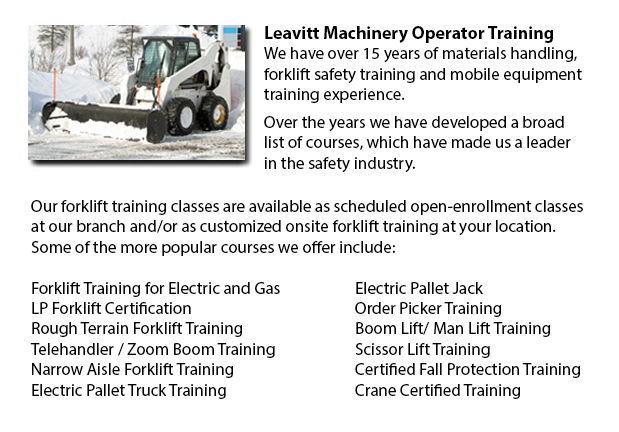
Skid Steer Ticket Scottsdale - On a skid-steer loader, the lift arms are next to the driver together with pivot points at the back of the driver's shoulders. This makes them different than a conventional front loader. Due to the operator's closeness to moving booms, early skid loaders were not as safe as conventional front loaders, particularly in the operator's entry and exit. Modern skid-steer loaders these days have various features to protect the driver including fully-enclosed cabs. Similar to several front loaders, the skid-steer model could push materials from one site to another, can load material into a truck or trailer and could carry material in its bucket.
Operation
Usually a skid-steer loader can be used on a job location instead of a big excavator by digging a hole from the inside. First, the skid-steer loader digs a ramp leading to the edge of the desired excavation, and after that it uses the ramp so as to excavate material out of the hole. As the excavation deepens, the machinery reshapes the ramp making it steeper and longer. This is a very functional technique for digging underneath a building where there is not adequate overhead clearance for the boom of a big excavator. Like for example, this is a common situation when digging a basement beneath an existing building or house.
There is much flexibility in the accessories that the skid steer loaders are capable of. Like for instance, the traditional bucket of many of these loaders could be replaced with various attachments which are powered by the loader's hydraulic system, including pallet forks, backhoes, tree spades, sweepers, mowers, snow blades and cement mixers. Various other popular specialized buckets and attachments comprise angle brooms, dumping hoppers, wood chipper machines, grapples, tillers, stump grinders rippers, wheel saws, snow blades, and trenchers.
History
The front end 3-wheeled loader was invented in the year 1957, by Louis and Cyril Keller in their hometown of Rothsay, Minnesota. The Keller brothers made this machinery to help mechanize the process of cleaning in turkey barns. This equipment was light and compact and included a back caster wheel which allowed it to maneuver and turn around within its own length, enabling it to carry out similar work as a conventional front-end loader.
The Melroe brothers of Melroe Manufacturing Company in Gwinner, N.D. bought during 1958, the rights to the Keller loader. The company then employed the Keller brothers to help with development of the loader. The M-200 Melroe was actually the end result of this partnership. This particular model was a self-propelled loader which was introduced to the market in nineteen fifty eight. The M-200 Melroe featured a 12.9 HP engine, a 750 lb lift capacity, two independent front drive wheels and a rear caster wheel. By nineteen sixty, they replaced the caster wheel along with a rear axle and introduced the very first 4 wheel skid steer loader that was called the M-400.
The term "Bobcat" is used as a generic term for skid-steer loaders. The M-400 immediately after became the Melroe Bobcat. The M-440 version has rated operating capacity of 1100 lbs powered by a 15.5 HP engine. The company continued the skid-steer development into the middle part of the 1960s and introduced the M600 loader.
-
Crane Certification Scottsdale
Crane Certification Scottsdale - The Crane Certification Program consists of the industry suggested subject matter that would teach the efficient and safe operation of cranes. The person would train in the following: pre-operational, operational and... More -
Heavy Equipment Operator Training Scottsdale
Heavy Equipment Operator Training Scottsdale - Heavy equipment operator training facilities that provide good standards within the business, offering field performance tasks and additional equipment training are really sought after training features.... More -
Heavy Equipment Training School Scottsdale
Heavy Equipment Training School Scottsdale - HEO or the heavy equipment operator courses would provide you with the skills and knowledge required so as to enter the workforce as an entry level heavy equipment operator. In this twelve week course plus... More -
Crane Operator Classes Scottsdale
Crane Operator Classes Scottsdale - For the operators and the supervisors, current and new, the crane operator training course is suitable for all. Course content deals with applicable federal, provincial and state safety regulations. The training's... More -
Forklift Operator Certification Scottsdale
Forklift Operator Certification Scottsdale - Certification for forklifts are required to guarantee the safe operation of forklifts for those employers in warehouse, construction and industrial environments. The training needs to involve a method of e... More -
Crane Training Schools Scottsdale
Crane Training Schools Scottsdale - Our different programs for Mobile Crane Operation are meant for skilled operators who needs certification or re-certification, and for inexperienced people who are searching for their very first job as an operator... More -
Aerial Boom Lift Training Scottsdale
Aerial Boom Lift Training Scottsdale - Aerial Boom Lift Training is necessary for any individual who supervises, operates or works near boom lifts. This particular type of aerial lift or aerial work platform is utilized for lifting individuals, mater... More -
Telehandler Training Scottsdale
Telehandler Training Scottsdale - Telescopic handlers often known as telehandlers for short, are an extremely popular piece of heavy construction equipment. They are widely used in the construction and agricultural industries. These equipments have f... More

Forklift Training Scottsdale
TOLL FREE: 1-888-254-6157
Scottsdale, Arizona
forkliftcertificationscottsdale.com
Email Us
About Us


